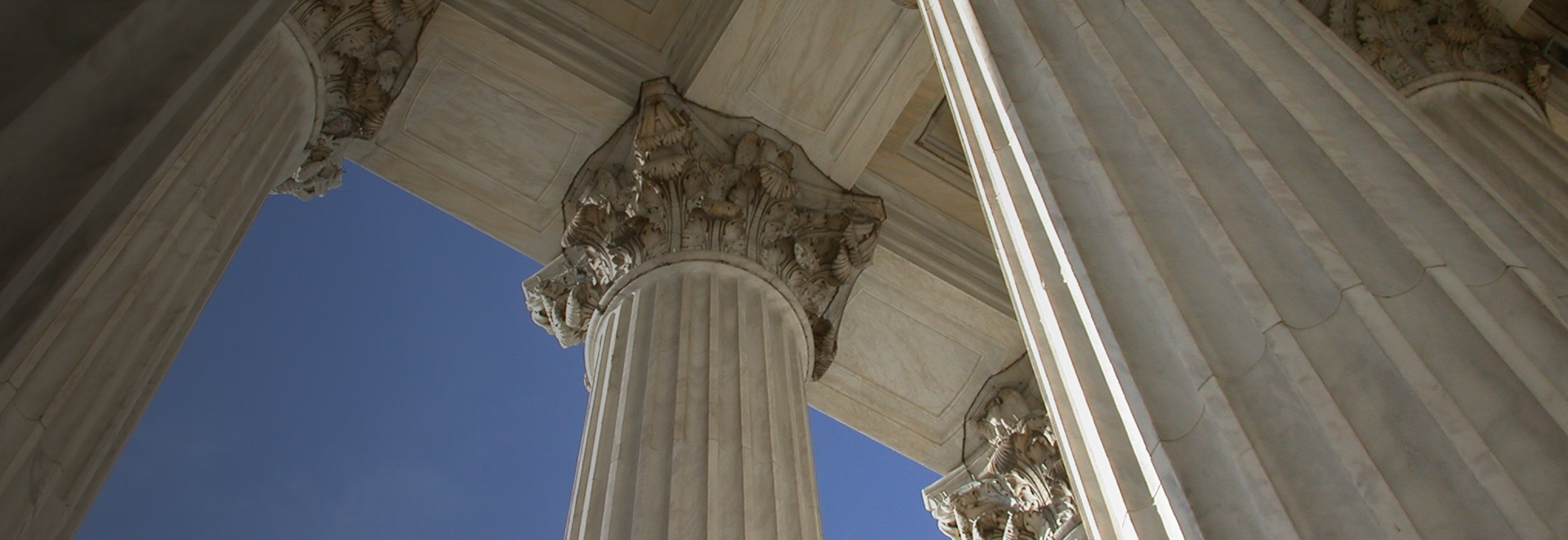Riding a bicycle through the vibrant streets of New Orleans is both exhilarating and practical. However, cyclists must remain vigilant, especially when navigating intersections where safety risks are heightened. Being aware of the most hazardous intersections can help prevent accidents and ensure a safer journey. Furthermore, knowing your rights and legal options in case of an accident can be empowering and instrumental in recovery. Whether you call New Orleans home or are just riding through, well-informed cycling can make all the difference.
The Most Dangerous Intersections for Cyclists in New Orleans
New Orleans' charm is undeniable, yet this historic city bears intersections notorious for posing risks to cyclists. Key trouble spots include the crossings of St. Charles Avenue with Napoleon Avenue, and Canal Street with Claiborne Avenue. These intersections bear heavy traffic flow and lack designated bike paths, often creating hazardous conditions.
Another concerning intersection is Esplanade Avenue at N. Claiborne Avenue, frequently witnessing accidents due to its challenging traffic patterns and road conditions. Despite ongoing improvements, these areas remain dangerous primarily due to inadequate cycling infrastructure and driver negligence. By recognizing these danger zones, cyclists can adopt more cautious strategies to safeguard themselves.
Statistical data underscores these intersections as accident hotspots, with records from the New Orleans Regional Planning Commission highlighting recurrent incidents. Equipped with this insight, cyclists can make informed decisions about their routes, leading to safer commutes.
How Cyclists Can Safely Navigate High-Risk Intersections
Ensuring safety while cycling through hazardous intersections in New Orleans involves adopting smart strategies. Begin with clear hand signals for turns and stops, making your intentions apparent to motorists. Wearing reflective clothing during low-light conditions amplifies visibility, reducing collision risks significantly. Additionally, obeying traffic signals and signs helps harmonize road use and maintain safety.
Staying updated on local developments, such as the addition of new bike lanes and improved signage, can provide valuable insights. The city's commitment to enhancing cycling infrastructure reflects a positive shift towards improved road safety, ensuring cyclists are better protected. Awareness of these developments allows cyclists to plan safer routes, adapting to enhancements for better protection.
Defensive cycling remains crucial. This approach involves maintaining a cautious distance from motor vehicles, avoiding driver's blind spots, and staying alert to sudden vehicular movements. By adopting defensive tactics and staying informed, cyclists can better navigate through New Orleans' complex intersections safely.
The Impact of Urban Planning & Infrastructure on Cyclist Safety
Urban planning plays a pivotal role in bolstering the safety of cyclists. New Orleans has embarked on projects aimed at improving its biking infrastructure. The introduction of dedicated bike lanes and enhanced signage significantly contributes to safer roads for cyclists, providing clear demarcations that separate them from vehicular traffic.
Efforts in urban planning also extend to implementing traffic calming measures—such as pedestrian islands and better street lighting—to minimize risks. These initiatives serve to slow down vehicular speeds and deliver more space for cyclists, thereby creating a safe environment for all road users. Keeping abreast of these improvements enables cyclists to utilize enhanced pathways and maintain safer commutes.
Community involvement remains a strong force in driving reforms. Local advocacy groups lobby for cyclist-friendly policies and organize campaigns that raise awareness among drivers. By aligning with these groups, cyclists can contribute to, and remain informed about, ongoing changes set to improve cycling conditions citywide.
Legal Steps for Cyclists After Accidents at Dangerous Intersections
Finding yourself in an accident can be daunting. However, understanding the legal steps to take afterward can be crucial. The first priority should be ensuring personal safety and seeking medical attention if needed. Moreover, documenting the accident scene—including taking photographs and gathering witness statements—can substantiate any potential claims.
Cyclists have rights that must be acknowledged and protected following an accident. Consulting with a knowledgeable attorney, such as those at Womac Law Firm, can help clarify these rights and outline the courses of action available. Professional guidance can ensure proper claims are pursued regarding damages, lost wages, or pain and suffering.
Legal representation provides the leverage needed to engage with insurance companies and navigate the complexities of judicial processes. A trusted legal partner will negotiate and advocate for fair compensation, addressing injury repercussions and damages.
If you're dealing with the aftermath of a bicycle accident in New Orleans, reaching out to Womac Law Firm at (504) 470-3935 can pave the way to a supportive, guided recovery process.
